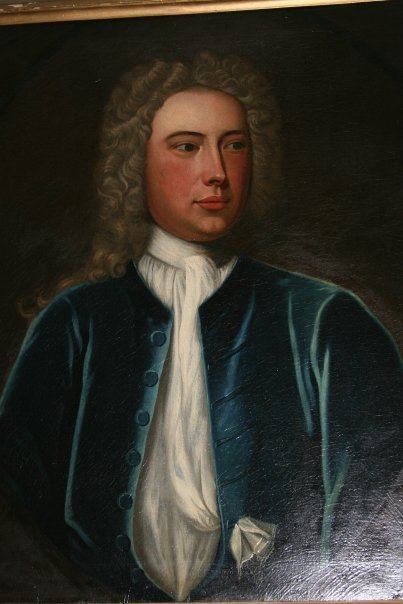Active 1702–1881 | ||
 | ||
Country Size 1 battalion (2 battalions 1756–1758, 1813–1817) Garrison/HQ | ||
The 37th (North Hampshire) Regiment of Foot was a line infantry regiment of the British Army, raised in Ireland in February 1702. It amalgamated with the 67th (South Hampshire) Regiment of Foot to become the Hampshire Regiment (later the Royal Hampshire Regiment) in 1881.
Contents
Early years
The regiment was raised in Ireland by Lieutenant-General Thomas Meredyth as Meredyth's Regiment in February 1702. It embarked for the Netherlands in May 1703 and fought under the Duke of Marlborough at the Battle of Schellenberg in July 1704, the Battle of Blenheim in August 1704 and the Battle of Ramillies in May 1706 as well as the Battle of Oudenarde in July 1708 and the Battle of Malplaquet in September 1709 during the War of the Spanish Succession. The regiment embarked for Canada in 1711 as part of the Quebec Expedition but lost 8 officers and 253 men when the ships in which it was sailing foundered on the rocks on the Saint Lawrence River; the expedition returned home. It was also in action at the Capture of Vigo in October 1719.
The regiment next saw action at the Battle of Dettingen in June 1743 during the War of the Austrian Succession. It also fought at the Battle of Falkirk in January 1746 during the Jacobite rebellion when its colonel, Sir Robert Munro, 6th Baronet, was shot and then finished off with three sword blows to the head. It went on to fight under the command of Colonel Lewis Dejean at the Battle of Culloden in April 1746 and was ranked the 37th Foot in 1747. The regiment returned to the Netherlands and fought at the Battle of Lauffeld in July 1747.
On 1 July 1751 a royal warrant was issued which provided that in future regiments would no longer be known by their colonel's name, but would bear a regimental number based on their precedence: the regiment became the 37th Regiment of Foot. The regiment fought at the Battle of Minden in August 1759 during the Seven Years' War. After the battle the men of the regiment picked dog-roses from the hedges and put them in their headdresses to celebrate the victory. It also took part in a skirmish at Grebenstein in June 1762 and another at Fellinghausen in July 1762. It was then garrisoned in Minorca from 1763 to 1769.
The regiment embarked for North America for service in the American Revolutionary War in 1776 and was present at the Battle of Long Island in August 1776 and the British surrender at the end of the Siege of Yorktown in September 1781. It became the 37th (the North Hampshire) Regiment of Foot in 1782.
Napoleonic wars
The regiment was next in action at the Battle of Tournay in May 1794 in the Flanders Campaign of the French Revolutionary Wars. It was posted to the West Indies from 1800 to 1809 to Gibraltar from 1812 to 1814 and to Canada from 1815 to 1826.
The Victorian era
The regiment embarked for Ceyon in 1846 and took part in the suppression of the Matale rebellion in 1847. It moved to India in spring 1857 and, having arrived by steamer on the Son River, opened fire on the attacking mutineers at the Siege of Arrah in July 1857 during the Indian Rebellion. It returned to England in 1861 and was sent to Ireland in 1865 before returning to India in 1866.
As part of the Cardwell Reforms of the 1870s, where single-battalion regiments were linked together to share a single depot and recruiting district in the United Kingdom, the 37th was linked with the 67th (South Hampshire) Regiment of Foot, and assigned to district no. 40 at Lower Barracks in Winchester. The regiment returned to England in 1875 and then moved to Ireland in 1880. On 1 July 1881 the Childers Reforms came into effect and the regiment amalgamated with the 67th (South Hampshire) Regiment of Foot to become the Hampshire Regiment (later the Royal Hampshire Regiment).
Battle honours
Battle honours won by the regiment were:
Regimental Colonels
Colonels of the Regiment were:
